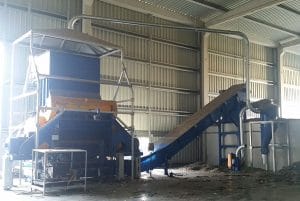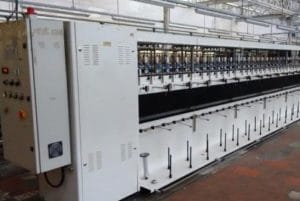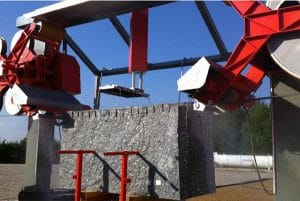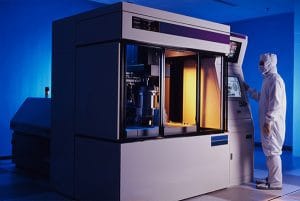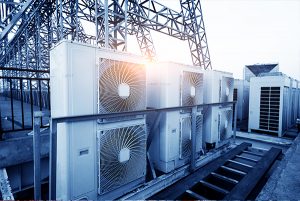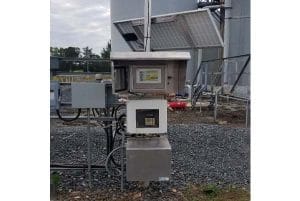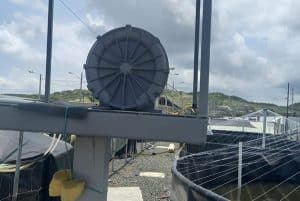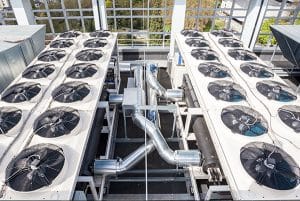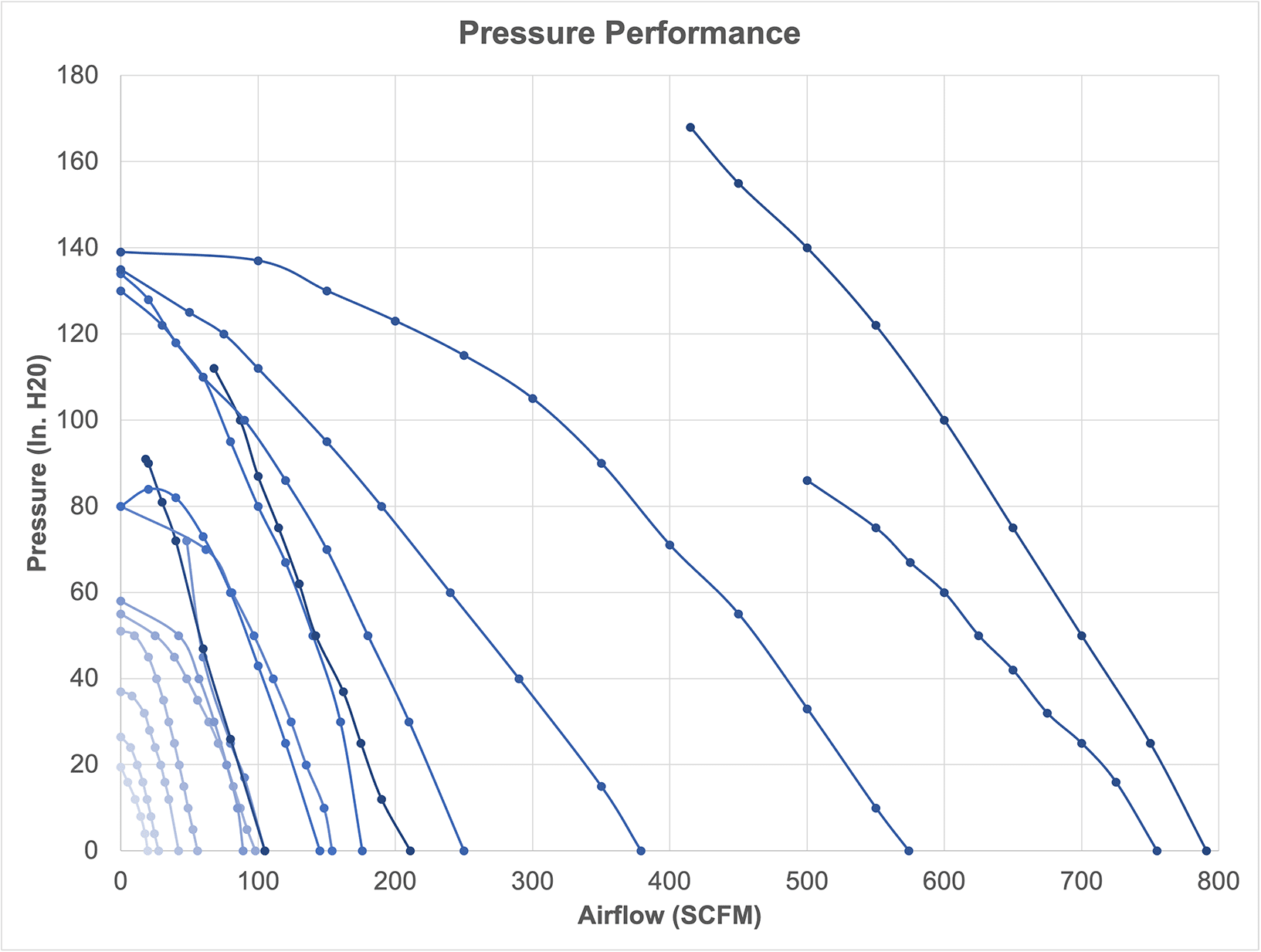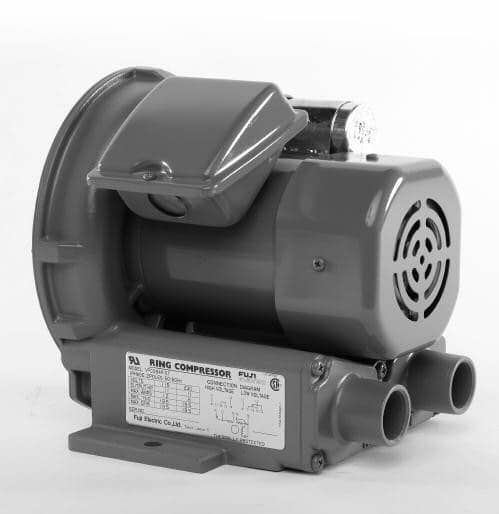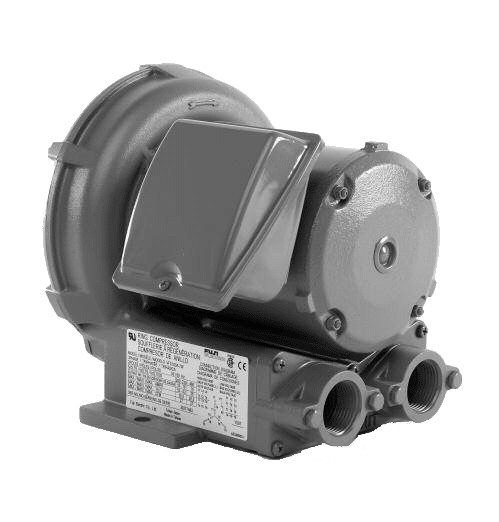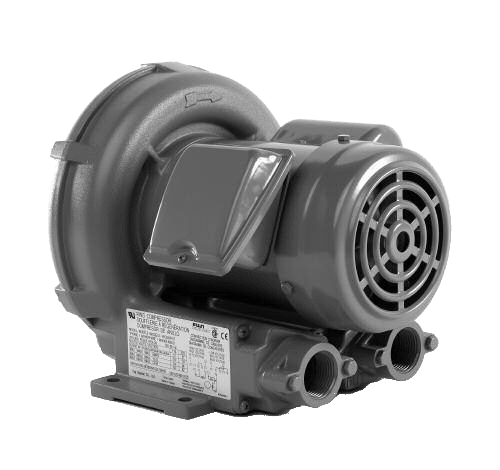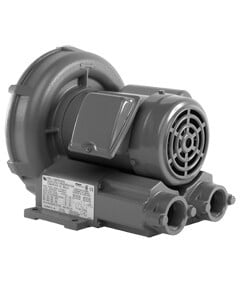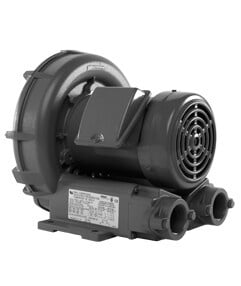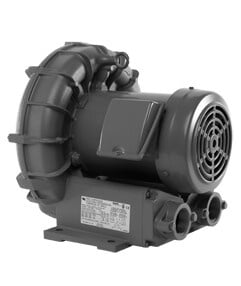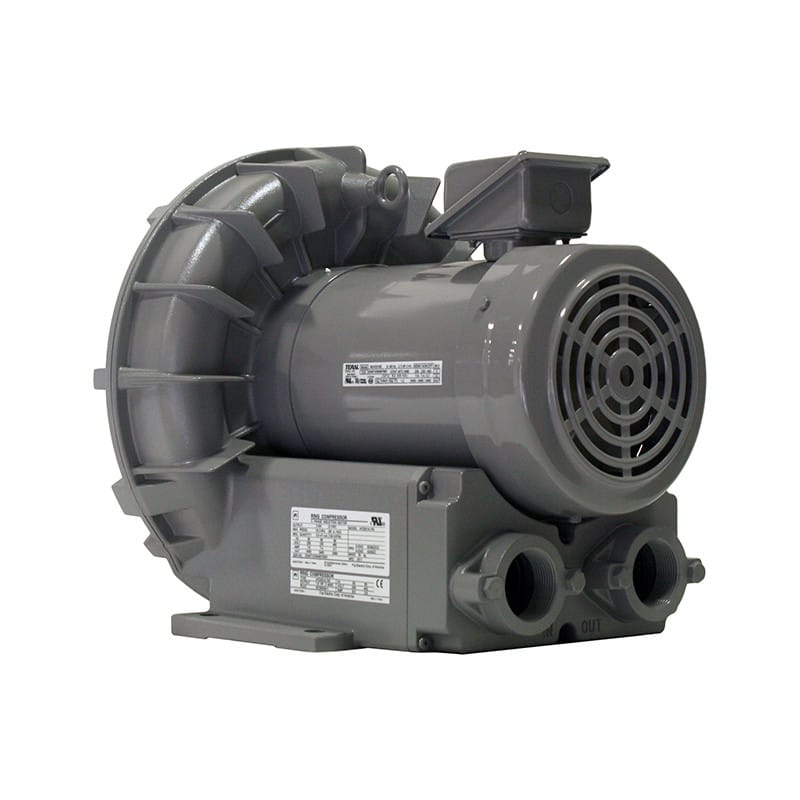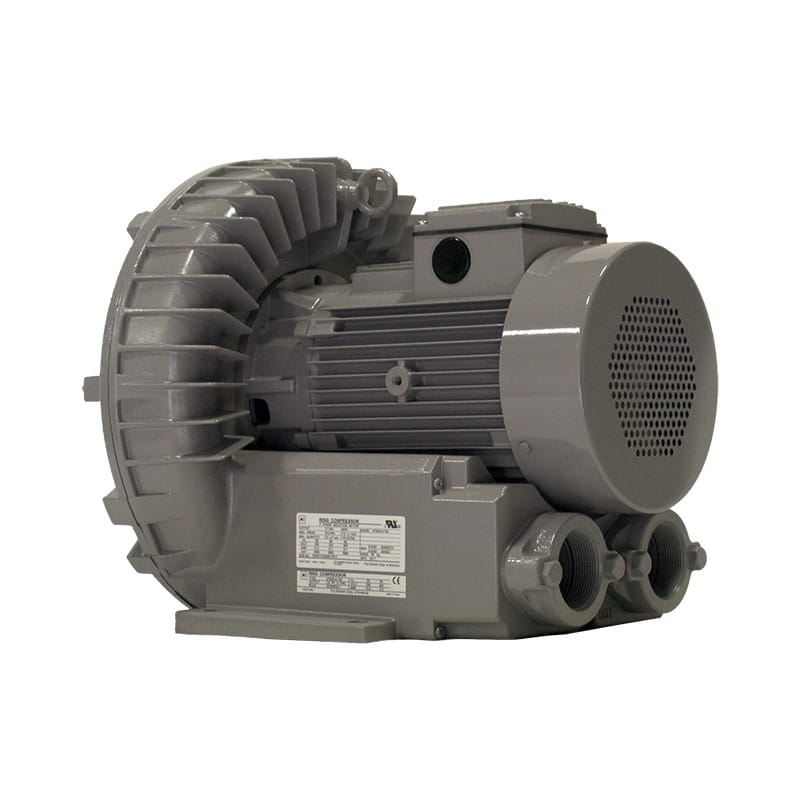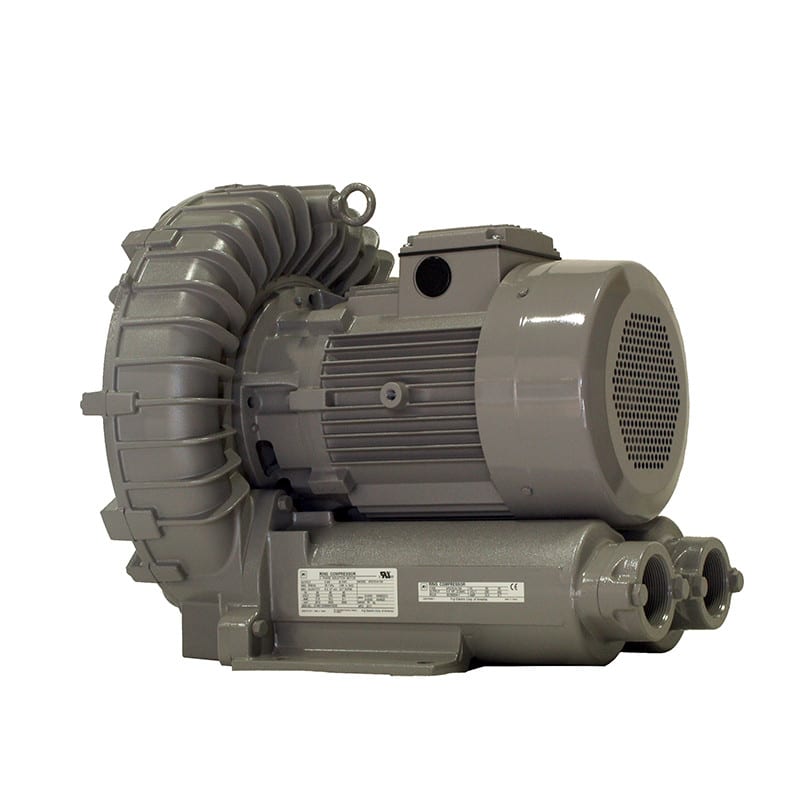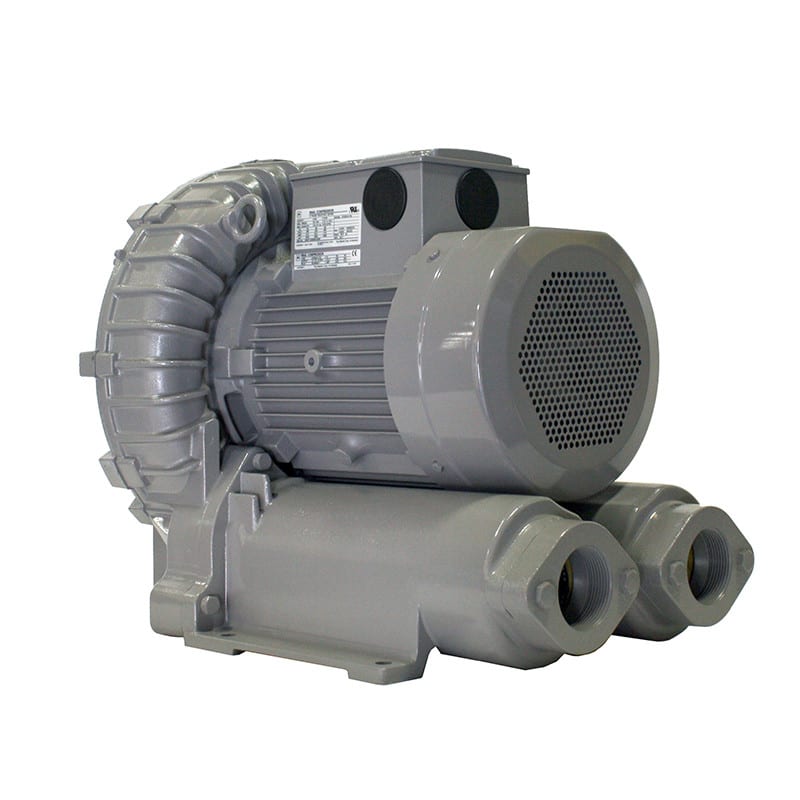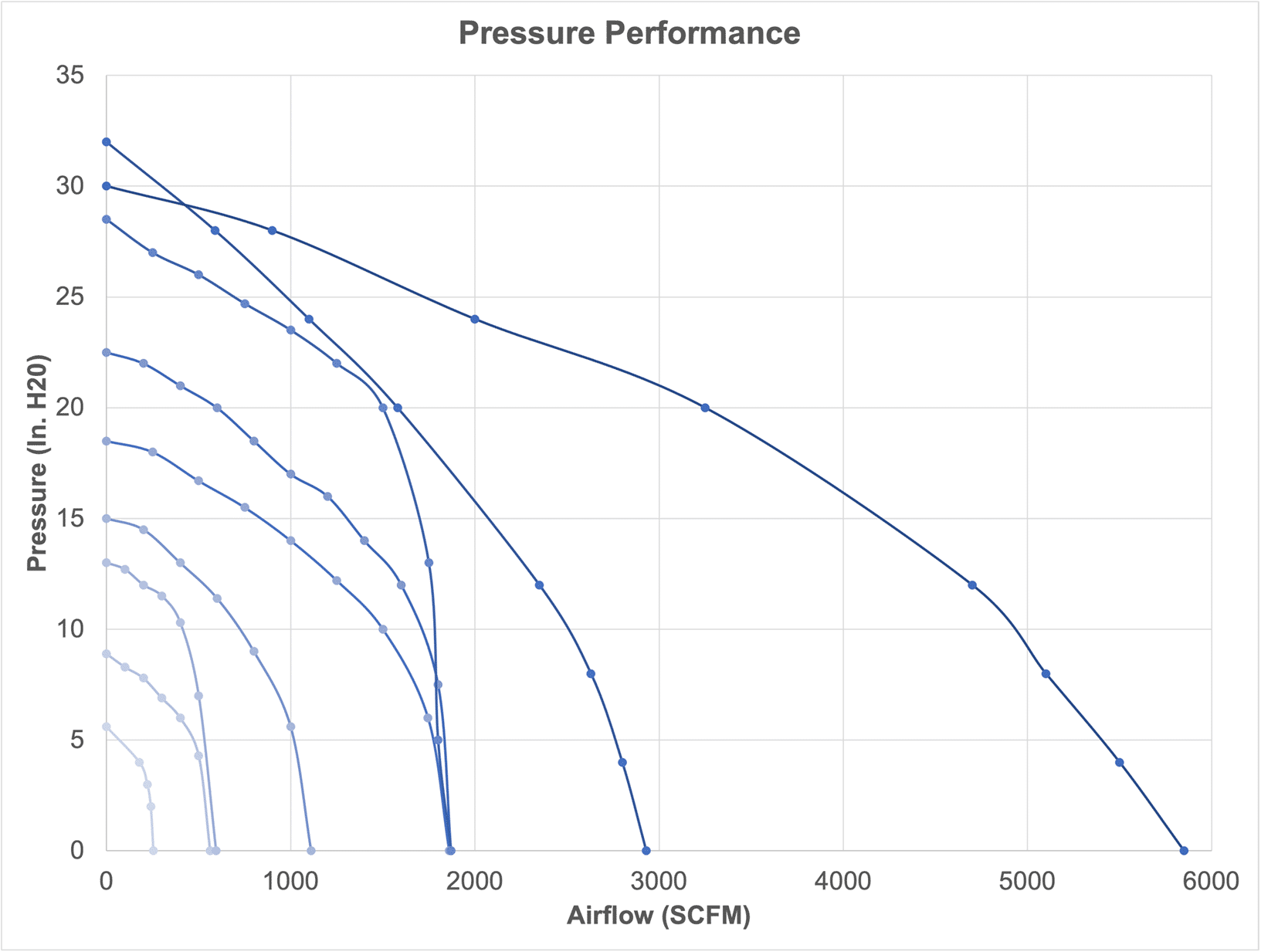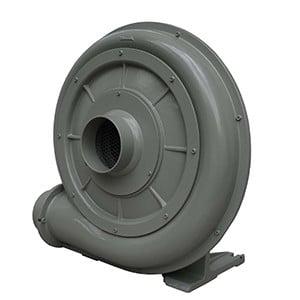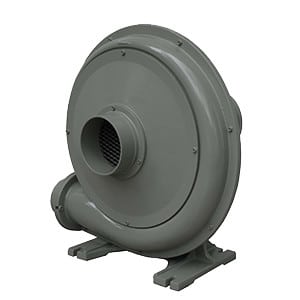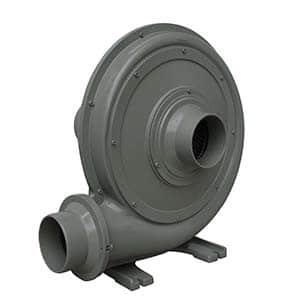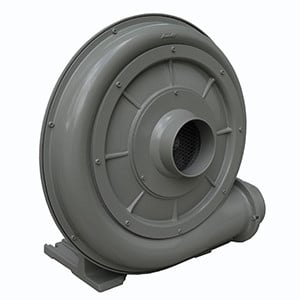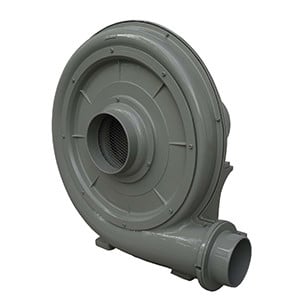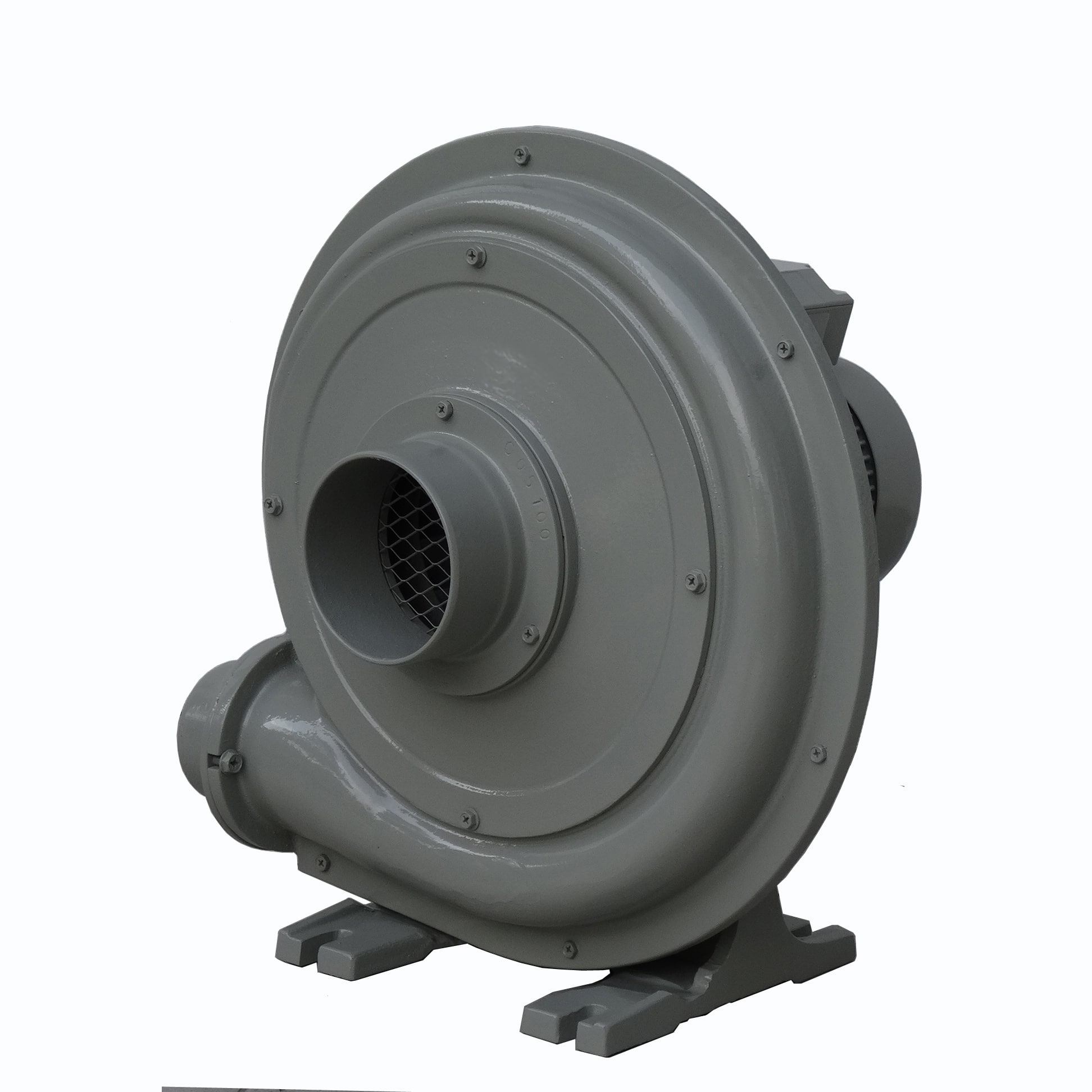Improving uptime in Uninterruptible Power Supply (UPS) systems is critical for ensuring continuous power to critical loads. To maximize reliability and availability, here are the key factors to consider: 
- Proper Sizing and Design
Load Analysis
- Accurate Load Calculation: Assess the power requirements of connected equipment (kW and kVA). Include inrush currents for motors and other inductive loads.
- Future Scalability: Size the UPS to accommodate current and future load growth.
Redundancy
- Redundant Configurations: Implement N+1 or 2N redundancy to ensure backup power even during UPS failure or maintenance.
- Parallel Systems: Use parallel UPS systems to share loads and provide fault tolerance.
- High-Quality Components
- Use reliable batteries (e.g., lithium-ion for longer life and reliability) and ensure they meet the load requirements.
- Invest in high-efficiency UPS systems with low failure rates. Choose components with proven performance in your operating environment.
- Preventive Maintenance
Regular Inspections
- Periodically inspect batteries, capacitors, fans, and other components.
- Check for physical wear, corrosion, or other signs of degradation.
Scheduled Replacements
- Replace batteries and other consumable components before their end-of-life.
- Use manufacturer-recommended replacement cycles for optimal performance.
Firmware Updates
- Keep the UPS firmware up-to-date to enhance functionality and address known vulnerabilities.
- Real-Time Monitoring and Diagnostics
Monitoring Systems
Use Remote Monitoring Tools to track:
- Battery health and runtime.
- Load levels.
- Temperature and environmental conditions.
Predictive Maintenance
- Employ analytics to predict potential failures based on usage trends and environmental conditions.
- Use alarms and notifications for early warning of issues.
- Environmental Control
Temperature Management
- Maintain optimal operating temperatures (e.g., 20–25°C for lead-acid batteries).
- Install HVAC systems or ensure proper airflow in UPS rooms.
Dust and Humidity Control
- Use enclosures or filters to minimize dust accumulation.
- Ensure relative humidity is within acceptable levels to prevent condensation or corrosion.
- Power Quality Management
Surge Protection
- Install Surge Protection Devices (SPDs) upstream of the UPS to handle voltage spikes.
Harmonic Filtering
- Use harmonic filters to reduce distortion from non-linear loads, ensuring cleaner power for the UPS.
Voltage Stabilization
- Employ automatic voltage regulators (AVRs) or stabilizers for fluctuating input power.
- Testing and Training
Regular Load Testing
- Conduct periodic load tests to verify the UPS’s ability to handle critical loads.
- Simulate power failures to ensure seamless switching to battery or backup power.
Training Personnel
- Train operators and maintenance staff on proper usage and troubleshooting.
- Maintain clear standard operating procedures (SOPs) for emergencies.
- Use Modular UPS Systems
- Scalability:
- Modular systems allow easy expansion to meet growing power demands.
- Redundancy:
- Modules can be hot-swapped without interrupting power to the load.
- Implement Advanced Battery Technology
Lithium-Ion Batteries
- Longer lifespan (8–15 years compared to 3–5 years for lead-acid).
- Higher temperature tolerance and lower maintenance requirements.
Battery Management Systems (BMS)
- Monitor battery health, charge/discharge cycles, and temperature for optimal performance.
- Emergency Preparedness
Backup Generators
- Pair the UPS with backup generators for extended runtime during prolonged outages.
- Use Automatic Transfer Switches (ATS) for seamless power transfer.
Disaster Recovery Plans
- Develop and test contingency plans for critical failures or extended outages.
- Maintain an updated inventory of critical loads and power requirements.
- Compliance with Standards
- Adhere to relevant standards and guidelines (e.g., IEC 62040, IEEE 446) for UPS design, installation, and maintenance.
- Regularly audit systems for compliance and safety.
- Evaluate System Efficiency
- Use high-efficiency UPS systems (e.g., 96% or higher) to reduce heat generation and energy losses.
- Employ Eco Mode or energy-saving features where appropriate.
Key Metrics to Monitor for Uptime
- Battery Runtime: Ensure sufficient backup time for critical loads during outages.
- Mean Time Between Failures (MTBF): High MTBF indicates reliable equipment.
- Load Percentage: Keep loads within optimal operating ranges (e.g., 40–80% capacity).
- Temperature Stability: Monitor ambient and component temperatures to avoid overheating.
Maximizing UPS uptime requires a comprehensive strategy encompassing proper design, proactive maintenance, environmental control, and advanced monitoring systems. By addressing these factors, you can ensure the reliability and resilience of your critical power infrastructure.




